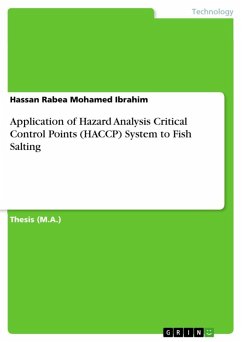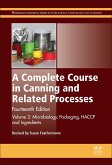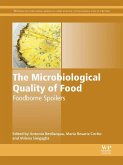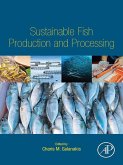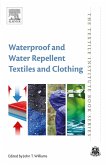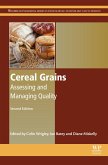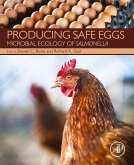Thesis (M.A.) from the year 2013 in the subject Food Technology, grade: very good, , course: Food science, language: English, abstract: Although salting is considered the oldest method for fish preservation but it does not depend on good scientific principles. So, the current study was performed to apply the hazard analysis critical control points (HACCP) system to fish salting steps. Mullet fish (Mugil cephalus) samples were obtained from Qaroun Lake, El-Fayoum, Egypt. Whole and gutted fish samples were dry salted with different salt concentrations (15%, 20% and 25% salt concentration w\w) and stored under ambient temperature for 90 days. Sensory tests, physical, chemical and microbial hazard analyses of raw and salted products were determined. Results showed that raw mullet samples were free from any foreign objectives and highly accepted. Fish flesh contained (on wet weight basis) 78.11% moisture, 17.99% crude protein, 2.46% lipid and 1.39% ash content. The values of quality criteria were 6.50 pH, 1.54 mg MA /kg sample thiobarbaturic acid (TBA) value, 25.24 mg/100g total volatile bases nitrogen (TVB-N) and 0.69 mg/100gm sample trimethylamine nitrogen (TMA-N). In addition, total plate count (TPC) and halophilic bacteria (HB) were 25×104 and 5.1×104cell/g while yeasts and molds (YM) were not detected. After dry salting, previous values fluctuated according to salt level, whole and gutted form. Also, deterioration rate was accelerated in salted samples with low salt concentration and whole fish. So, salted whole and gutted fish trials with 15% salt were spoiled before other ones under the same conditions. 20% salted fish were preferred for appearance, texture and overall acceptability. In conclusion, dry salting and storage steps were CCP1 while, preliminary washing and preparation steps were CCP2.These steps must be monitored. Keywords: HACCPs; mullet fish; salting.
Dieser Download kann aus rechtlichen Gründen nur mit Rechnungsadresse in A, B, BG, CY, CZ, D, DK, EW, E, FIN, F, GR, HR, H, IRL, I, LT, L, LR, M, NL, PL, P, R, S, SLO, SK ausgeliefert werden.

